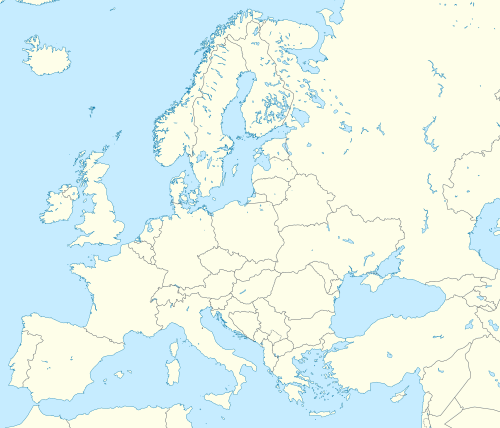| Winners | |
|---|---|
| Overall | |
| Nations Cup (unofficial) | Austria |
| Competitions | |
| Venues | 2 |
| Individual | 4 |
The 1990/91 FIS Ski Flying World Cup was the 1st official World Cup season in ski flying awarded with small crystal globe as the subdiscipline of FIS Ski Jumping World Cup.
Contents
- Map of World Cup hosts
- Invalid world record
- Calendar
- Men's Individual
- Standings
- Ski Flying
- Nations Cup (unofficial)
- References
There was not enough ski flying events in previous seasons (maybe one, two or even none) and consequently there were no separate ski flying standings (with no small crystal globes awarded). And so those events counted only in overall ranking. As in the 1980s ski flying venues were still exchanging, by each venue came into their turn average only on every 3 years.
2 different venues (Planica and Bad Mitterndorf) hosted 4 individual events in total in two different countries. Swiss Stephan Zünd became the first to win small crystal globe in ski flying.


